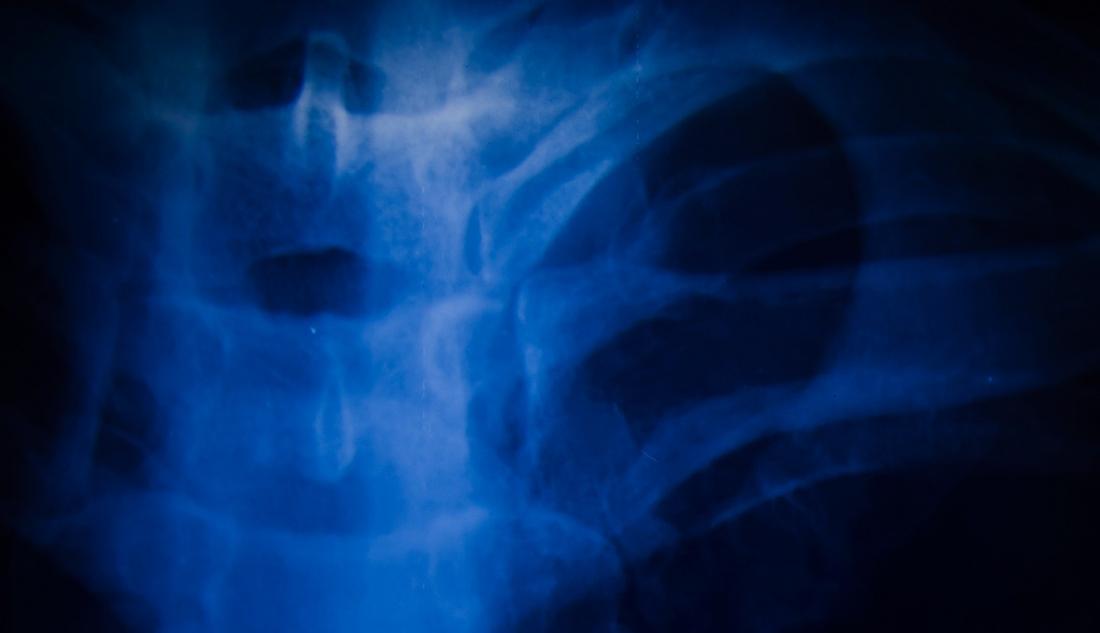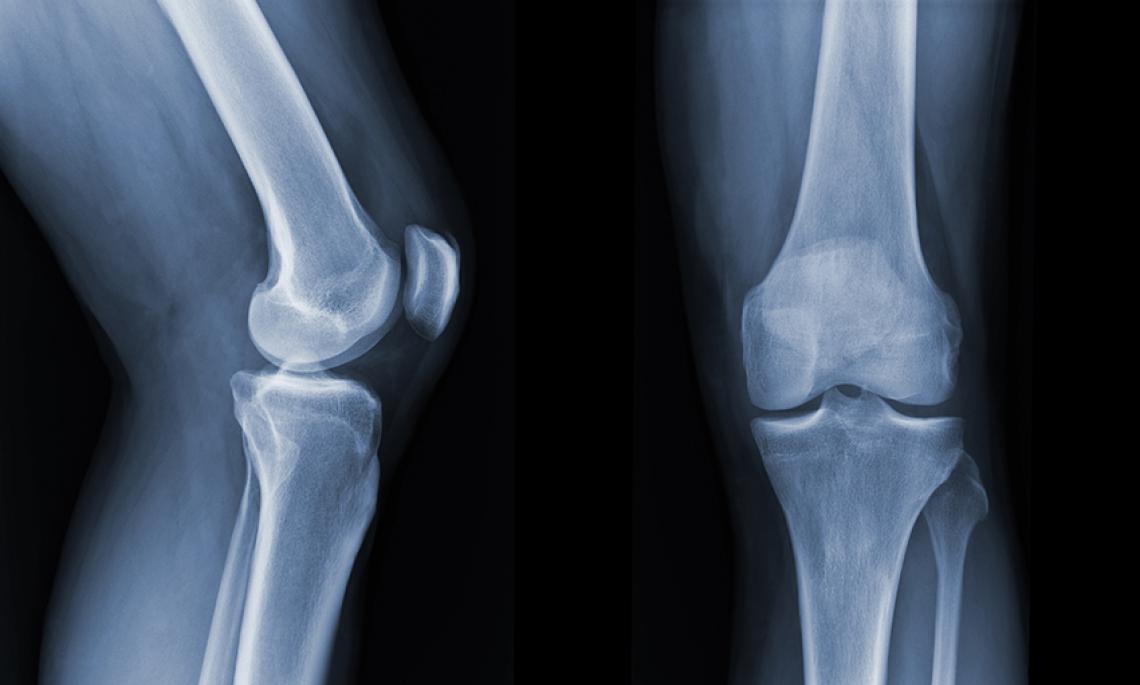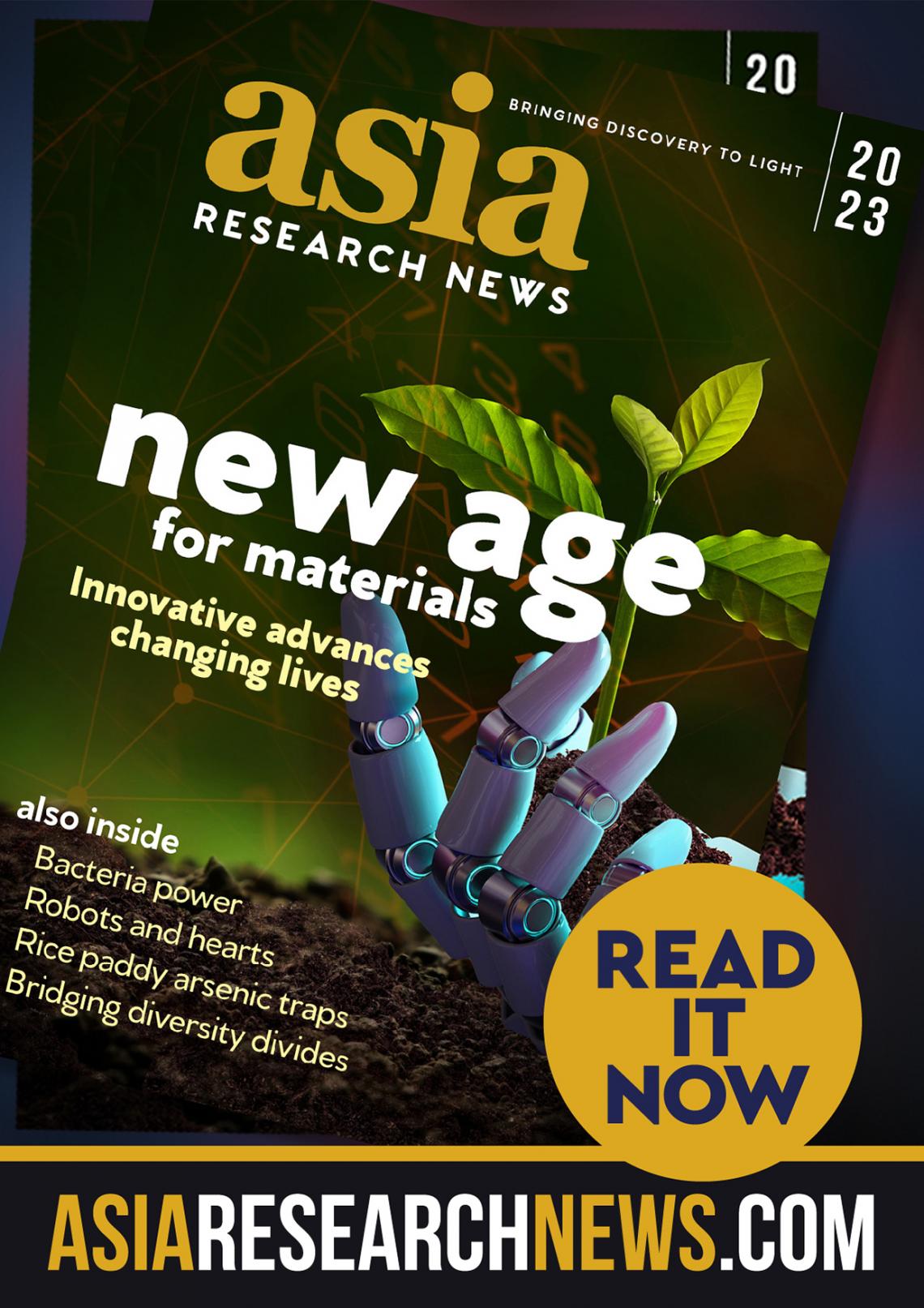This story is featured in the Asia Research News 2023 magazine. If you would like to receive regular research news, join our growing community.
Get the news in your inbox
Ceramics and metals have been used for a while as structural materials to repair bones and joints. In the past, scientists engineered bioinert materials, which do not bond to bones directly; bioactive materials that can bond to bones; and bio-absorbable materials that are categorized as bioactive materials but are absorbed by the body over time and replaced by advancing bone tissue.
Now, a fourth type of bone repairing materials has been found: a bio-responsive ceramic that interacts with an enzyme found in blood to be absorbed into the body at a precise and predictable rate.
The research was done by Taishi Yokoi, of the Institute of Biomaterials and Bioengineering at Tokyo Medical and Dental University, and his colleagues. The study was published in Science and Technology of Advanced Materials.
At the heart of their discovery is a biological reaction: an enzyme called alkaline phosphatase (ALP), which is present in human serum and reacts with various phosphate esters to generate bone mineral known as hydroxyapatite.
The scientists placed four different salts in simulated body fluid containing or lacking the enzyme ALP. The salts were calcium salts of methyl phosphate (CaMeP), ethyl phosphate (CaEtP), butyl phosphate (CaBuP) and dodecyl phosphate (CaDoP). The phosphate component of each salt has an alkyl group at its end – a chain composed of hydrogen and carbon atoms – of differing lengths.
The scientists found that the first three salts were converted to hydroxyapatite, but only in the presence of ALP. Interestingly, the length of the alkyl group on the phosphate ester determined the rate at which this reaction happens. With more research, the scientists think this could allow greater control of the bone healing process in the body.
“We expect the findings of this study will be applied for designing and developing novel bone-repairing materials with precisely controlled degradation and resorption rates inside the body,” says Yokoi.
Further information
Assoc Prof Taishi Yokoi
[email protected]
Institute of Biomaterials and Bioengineering
Tokyo Medical and Dental University
Dr Yasufumi Nakamichi
[email protected]
Science and Technology of Advanced Materials
National Institute for Materials Science
Did you know?
Bone fractures impact wellness and pose a serious economic burden worldwide, keeping people from work and causing disability, impaired quality of life, and high medical costs. In 2019 alone, there were 178 million new fractures globally, with incidences highest in the oldest age groups.
Source: GBD 2019 Fracture Collaborators. The Lancet 2,9 E580-592 (2021).
We welcome you to reproduce articles in Asia Research News 2023 provided appropriate credit is given to Asia Research News and the research institutions featured.





